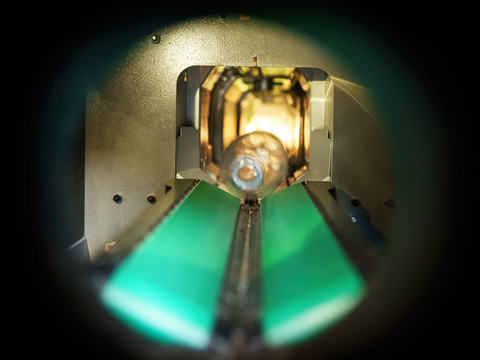
Introducing a deposit return system (DRS) in Vietnam could collect up to 77,000 tonnes of single-use beverage containers annually and keep around 300,000 tonnes in a recycling loop, research from Eunomia suggests.
Commissioned by the Norwegian Embassy and Innovation Norway, Eunomia undertook the study in collaboration with Vietnam’s Ministry of Agriculture and Environment (MAE). It sought to assess the design, costs, and impacts of a DRS for single-use beverage containers.
Apparently, around 65% of all single-use beverage containers placed on the Vietnamese market consist of aluminium cans, while 33% take the form of PET bottles. The collection rate for each material is estimated at 80% and 50%, respectively – but Eunomia warns that ‘most’ of this waste is ‘downcycled’ into lower-grade applications.
The research considers which container materials and sizes, beverage types, and deposit levels could apply in Vietnam, while acknowledging its social, economic, and infrastructural differences from countries that have already introduced DRS. This includes the suggestion of ‘bespoke elements’ that keep the informal sector involved in the recycling process.
Eunomia’s findings indicate that an effective DRS could collect between 21–77,000 tonnes of extra beverage containers for recycling every year and keep around 300,000 tonnes per annum in container-to-container recycling.
Furthermore, it is anticipated to lower annual CO2 emissions by around 265,000 tonnes. It is also set to reduce environmental externalities of 1.4 trillion VND and litter disamenity of 10.1 trillion VND per annum, while adding 6,400 formal jobs and 9,600 waste reclaimer jobs.
Eunomia will present its research, analysis, and stakeholder engagements to the MAE as an ‘evidence base’ for future research and policy development. It believes that a DRS would align with other governmental initiatives like Extended Producer Responsibility (EPR) and help implement a circular economy.
“There are over 40 jurisdictions around the world that have a DRS for single-use beverage containers,” Eunomia explains. “These systems are recognised as a proven mechanism for achieving high return rates of beverage containers for closed-loop recycling, as well as other benefits such as job creation and reduced litter.
“No other Southeast Asian country has yet implemented a nationwide DRS for single-use beverage containers, meaning the system’s success in Vietnam could serve as a model for neighbouring nations, demonstrating leadership in sustainable development and circular economy practices.”
In a recent edition of the Brief, journalist Frances Butler dug deeper into Sensoneo’s Global Waste Index 2025, which compared waste management systems across OECD Member States. The research found that countries with an established DRS ranked highly in overall waste management performance, while countries without these systems came lower on the list.
A recent Packaging Europe report also provided a general status overview of DRS-related progress across the continent, identifying galvanizing factors and roadblocks when it comes to implementing DRS.
If you liked this story, you might also enjoy:
The ultimate guide to the Packaging and Packaging Waste Regulation in 2025
How are the top brands progressing on packaging sustainability?
Everything you need to know about global packaging sustainability regulation in 2025
The key to increasing the use of reusable packaging in supermarkets

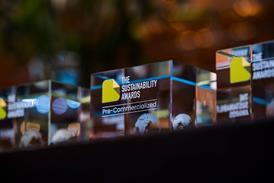

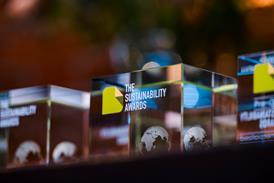
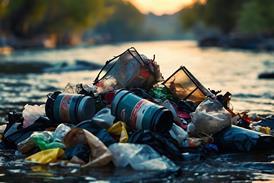
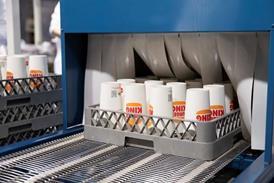












No comments yet